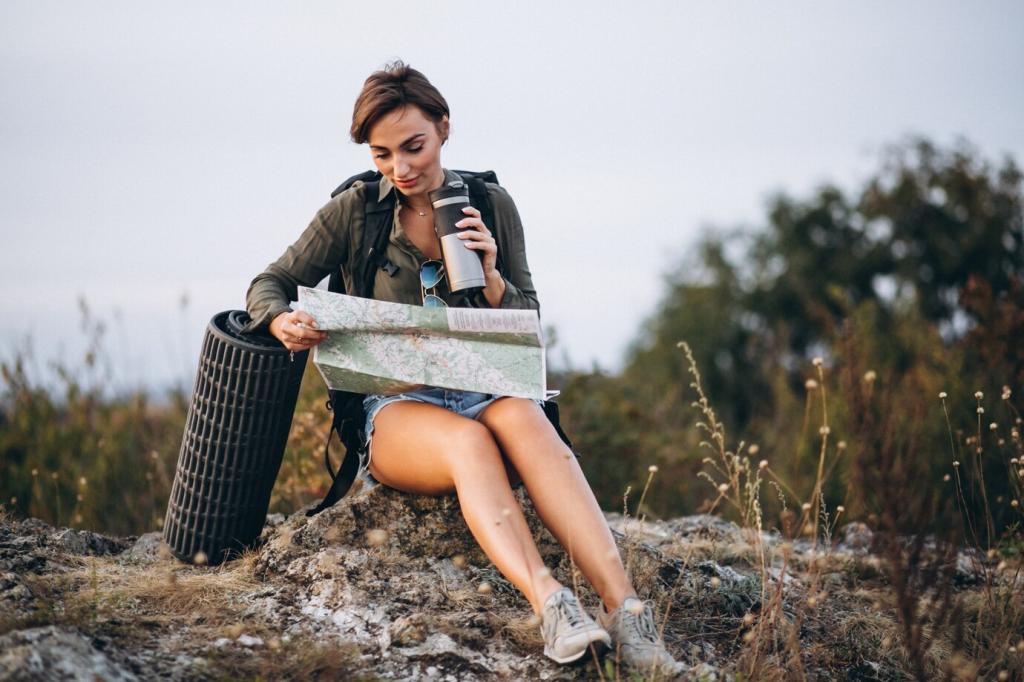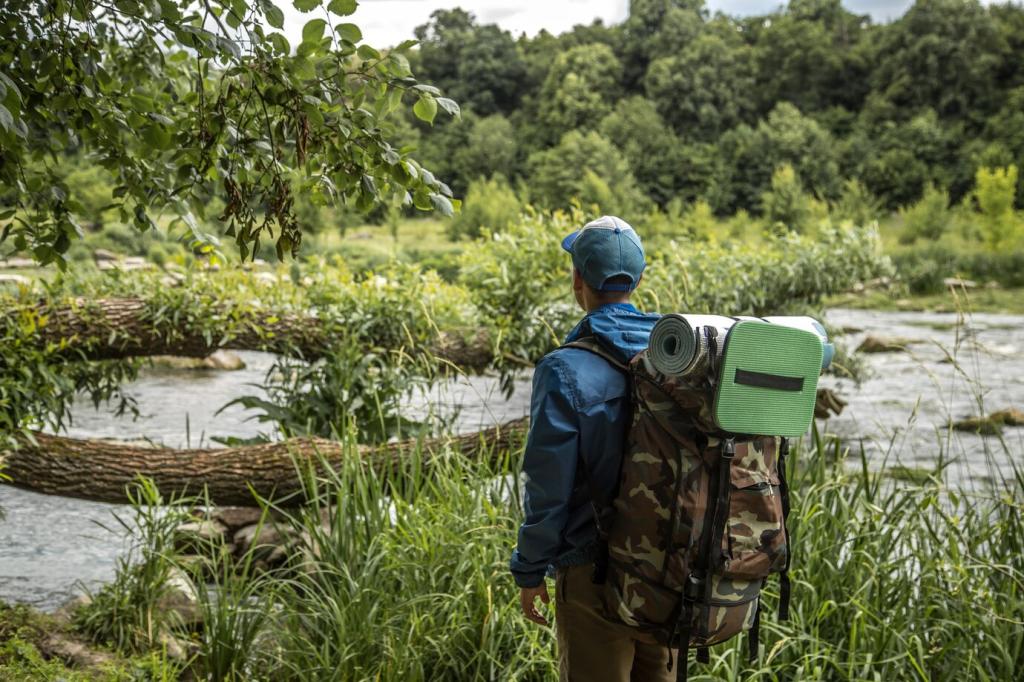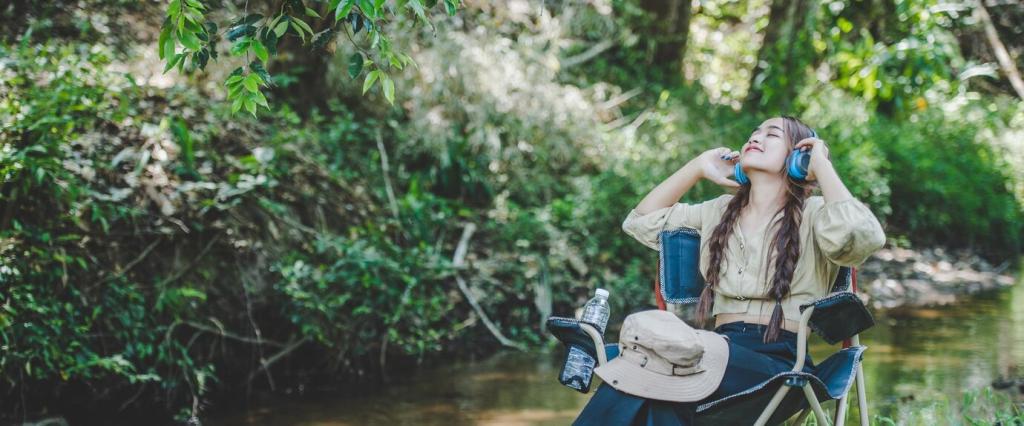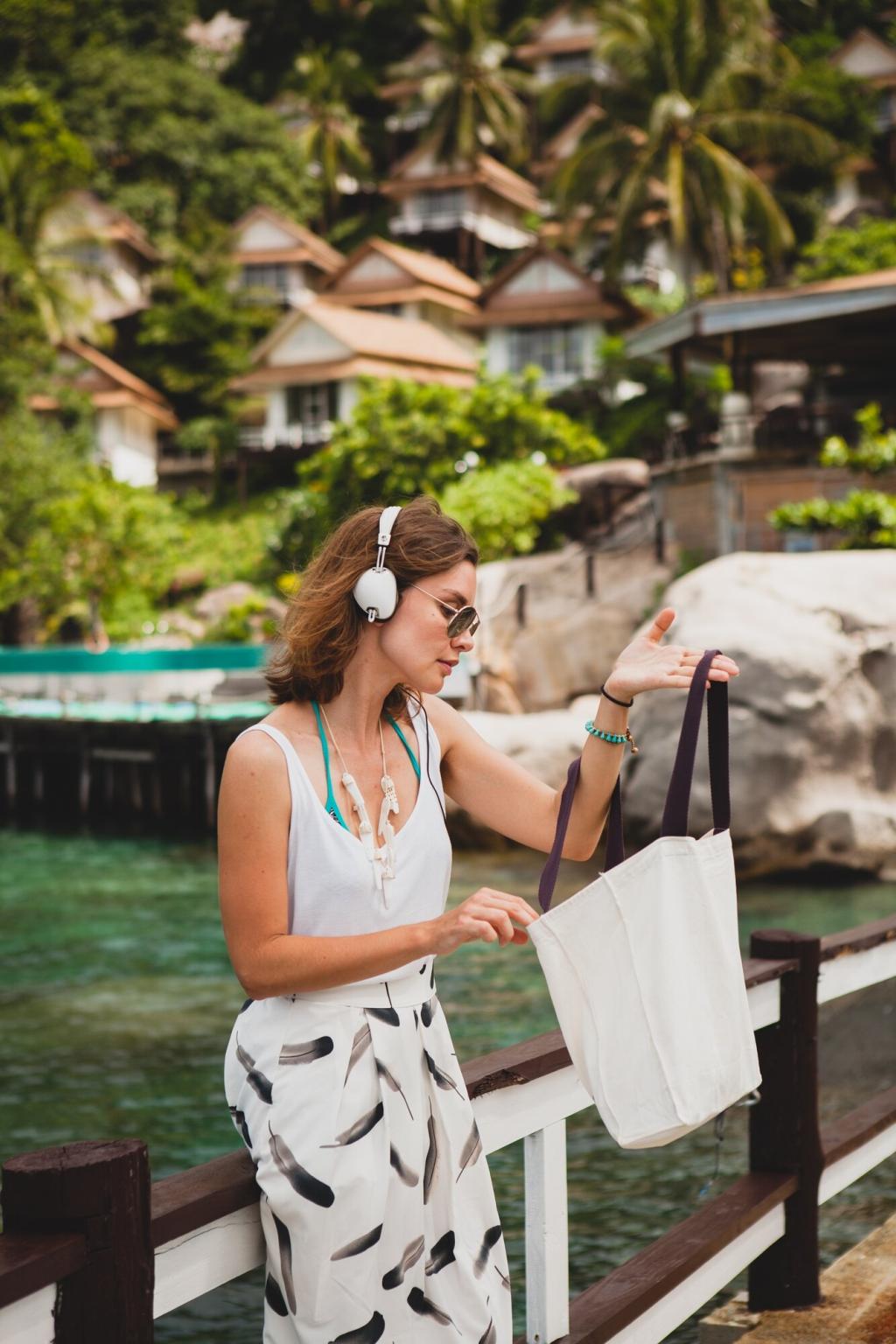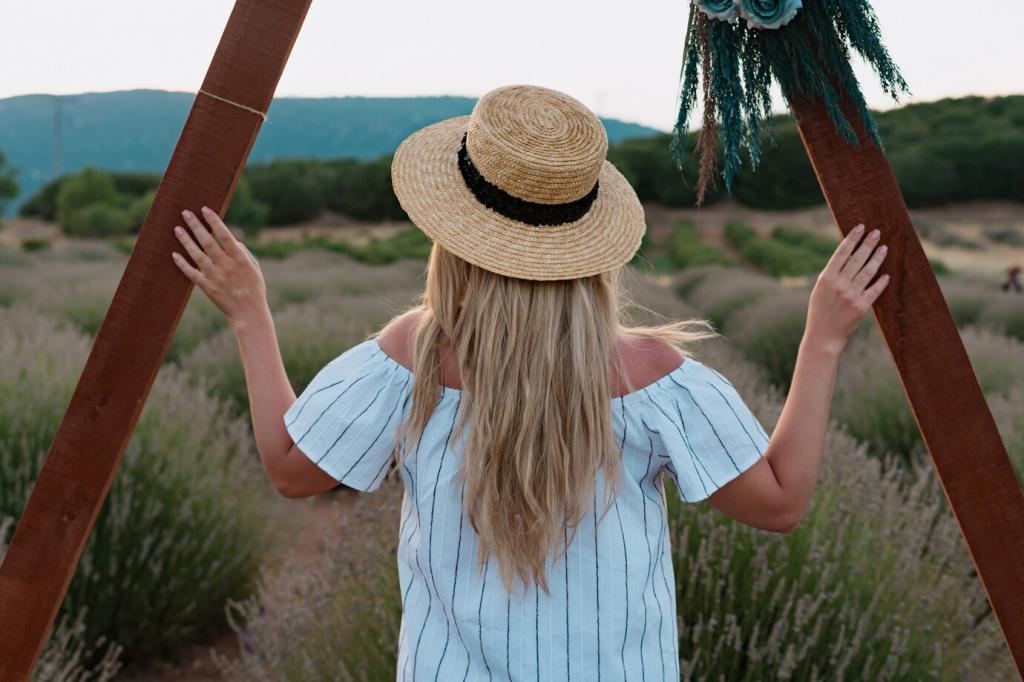Read the Label: Certifications That Matter
GOTS or OCS helps ensure organic cotton integrity. For wood-based fibers like lyocell, check for FSC-certified sourcing. Traceable standards align your clothing choices with healthier ecosystems, protecting forests and communities that depend on them.
Read the Label: Certifications That Matter
Bluesign and OEKO-TEX focus on safer chemistry and restricted substances throughout production. These labels guide you toward garments made with fewer harmful inputs, supporting responsible factories and cleaner waterways far beyond your travel destination.

